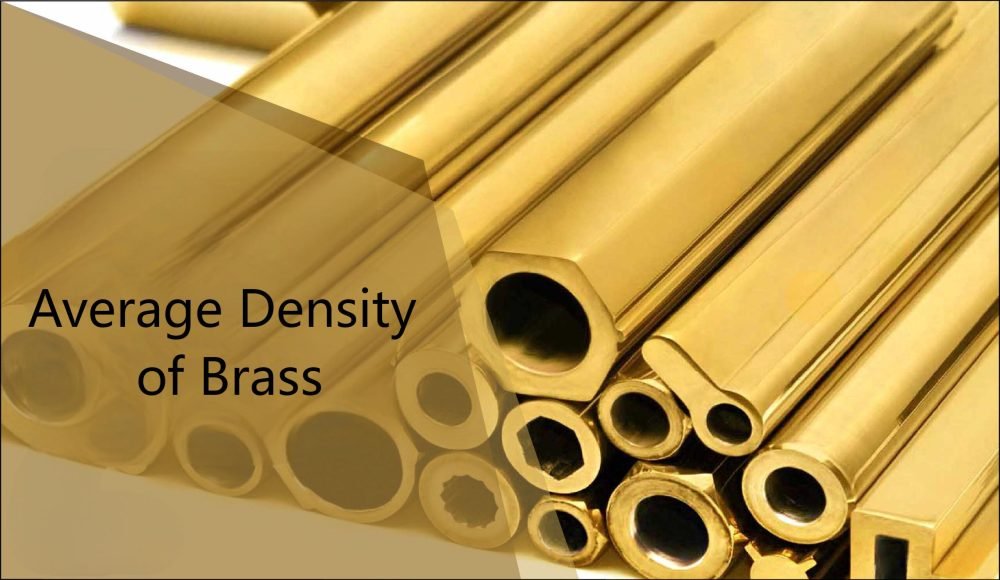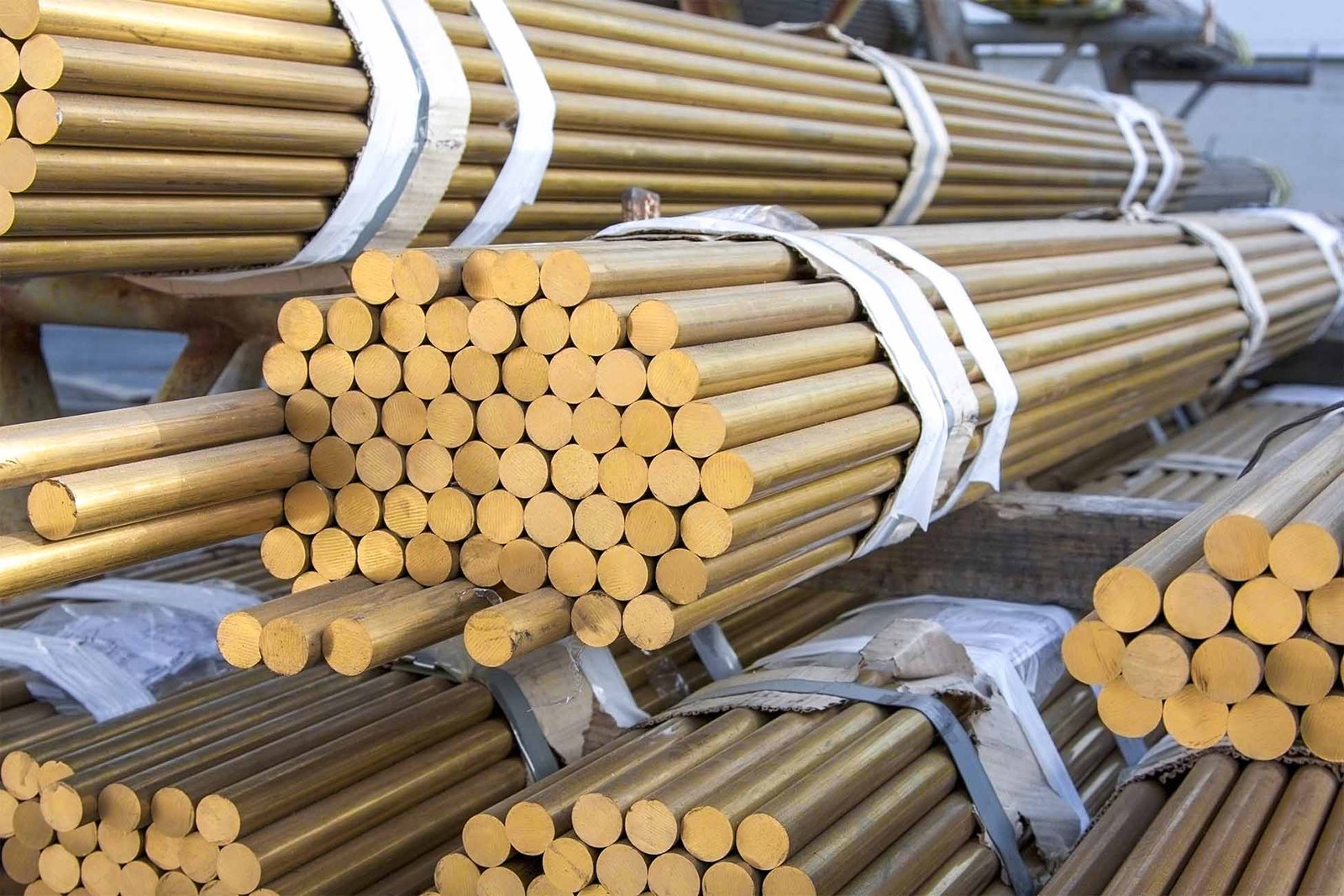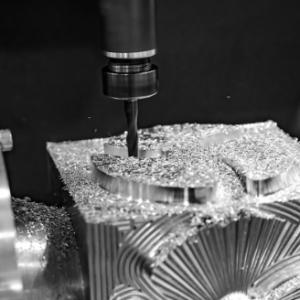Месинг е една от най -широко използваните сплави в съвременното производство, известен с отличната си обработка, устойчивост на корозия, и атрактивен външен вид. Като сплав, съставен предимно от мед и цинк, Физическите свойства на месинга - особено неговата плътност - варира в зависимост от пропорциите и наличието на допълнителни елементи. Разбирането на средната плътност на месинга е от съществено значение за инженерите, дизайнери, и производители, за да осигурят оптимални материали в приложения, вариращи от водопроводни и електрически системи до музикални инструменти и прецизни компоненти.
Каква е средната плътност на месинга?
Средната плътност на месинга обикновено варира от 8.4 да се 8.7 грама на кубичен сантиметър (g/cm³). Това изменение възниква от съотношението на мед към цинк, както и други незначителни легиращи елементи като калай, олово, или алуминий.
Месинг с по -високо съдържание на мед обикновено има по -висока плътност, Докато месингът с повече цинк или по -леки елементи ще тежи малко по -малко на единица обем. Тази променливост прави важно да се идентифицира специфичният месингов клас, когато е необходима точна плътност за проектиране или инженерна цел.
Защо плътността има значение в месинговите приложения
Плътността е основно свойство на материала, което влияе върху:
Сила и издръжливост: По -плътните месингови сплави често имат по -добра механична якост и устойчивост на износване.
Устойчивост на корозия: Месингът с по-малко примеси с висока плътност обикновено е по-устойчив на корозия.
Топлинни и електрически характеристики: Плътността може да повлияе на проводимостта, особено в електронните приложения.
Чувствителни към теглото дизайни: В космонавтиката, автомобилен, и строително инженерство, Плътността директно влияе върху общото тегло и ефективността на системата.
По този начин, Разбирането на месинговата плътност е от решаващо значение за гарантиране на сплавта отговаря както на изискванията за производителност, така и за безопасност.
Сравняване на месинговата плътност с други общи метали
За по -добро контекстуализиране на месинговата плътност, Ето една сравнителна таблица:
| Метал | Плътност (g/cm³) |
| Месинг | 8.4 – 8.7 |
| Мед | 8.96 |
| Цинк | 7.14 |
| бронз | 8.8 – 9.0 |
| Стомана | 7.8 – 8.1 |
| Алуминий | 2.7 |
| Титан | 4.5 |
| Желязо | 7.87 |
| никел | 8.9 |
| Водя | 11.34 |
| злато | 19.32 |
| Волфрам | 19.25 |
Месингът седи в среден до висок диапазон по отношение на плътността, По -тежък от алуминия или титан, но по -лек от чистата мед, бронз, или скъпоценни метали като сребро и злато.
Плътност на обикновените месингови сплави
Терминът „месинг“ обхваща редица сплави. По -долу са плътностите на някои широко използвани месингови степени:
| Месингова сплав | Плътност (g/cm³) |
| Червен месинг | 8.75 |
| Жълт месинг | 8.47 |
| Военноморски месинг | 8.44 |
| Патрон Месинг (260) | 8.53 |
| C3604 Месинг за свободно рязане | 8.50 |
| Muntz Metal | 8.45 |
| Адмиралтейски месинг | 8.53 |
| Месинг без олово | 8.40 |
Плътността на всяка сплав отразява уникалната му формулировка и характеристики на производителността, които са пригодени за специфични индустрии като морски, водопровод, или електрически приложения.
Основни фактори, които влияят на плътността на месинга
а. Състав
Съотношението мед-цин е най-влиятелният фактор:
По -високо съдържание на мед → Повишена плътност.
По -високо съдържание на цинк → Намалена плътност.
Допълнителни елементи (напр., калай за сила, олово за обработваемост, алуминий за устойчивост на корозия) допълнително влияе върху масата на единица обем. Следователно, Съставът на сплав трябва да бъде определен, когато е необходима точност.
б. Примеси
Неконтролирани примеси като сяра, кислород, или силиций може:
Намалете еднообразието.
Въведете порьозност.
По -ниска обща плътност.
Месингът с висока чистота обикновено предлага по-добри механични и корозионни свойства поради по-постоянна плътност.
c. Температурни ефекти
Месинг се разширява при загряване, Увеличаване на обема му и ефективно намаляване на плътността му. И обратно, Той се свива при охлаждане, увеличаване на плътността му:
Термично разширение Трябва да се разглежда във високотемпературни приложения (напр., топлообменници).
Високите температури също могат да променят сплавите Фазова структура, засягащи физически показатели.
d. Микроструктура
Месингова микроструктура, особено Размер на зърното и фазово разпределение, пряко влияе на плътността:
По -фини зърна → По -висока плътност поради по -малко празнини.
Груби зърна → По -ниска плътност и по -висок риск от вътрешни дефекти.
Микроструктурата се влияе по време на втвърдяване и може да бъде оптимизирана чрез контролирани скорости на охлаждане и термична обработка.
E. Производствен процес
Как се обработва месингът влияе върху неговата плътност:
| Процес | Ефект върху плътността |
| Кастинг | Може да улавя въздух или газови мехурчета → по -ниска плътност |
| Коване | Компресира материал → Увеличава плътността |
| Търкаляне | Изравнява и компактен материал → Подобрява равномерността |
| Екструзия | Подобрява подравняването на зърното и премахва вътрешните празнини |
| Рисуване | Увеличава плътността чрез разтягане и уплътняване на сплавта |
Изборът на правилния метод на обработка е от съществено значение за поддържане както на ефективността, така и структурната цялост.
Заключение
Плътността на месинга е критично свойство, което варира в зависимост от състава, Метод на производство, Експозиция на температурата, примеси, и вътрешна структура. Независимо дали избирате материали за чувствителни към тегло аерокосмически части или устойчиви на корозия водопроводни тела, Познаването на плътността на избраната от вас месингова сплав помага да се гарантира безопасността, ефективност, и дългосрочно изпълнение.
Като разбирате как тези променливи влияят на плътността, Производителите и инженерите могат по -добре да приспособяват месинговите сплави, за да отговорят на точните нужди на своите приложения.
Прочетете повече:





2 мисли за "Средна плътност на месинга в G/cm³: Състав, Сравнение & Влияещи на фактори”